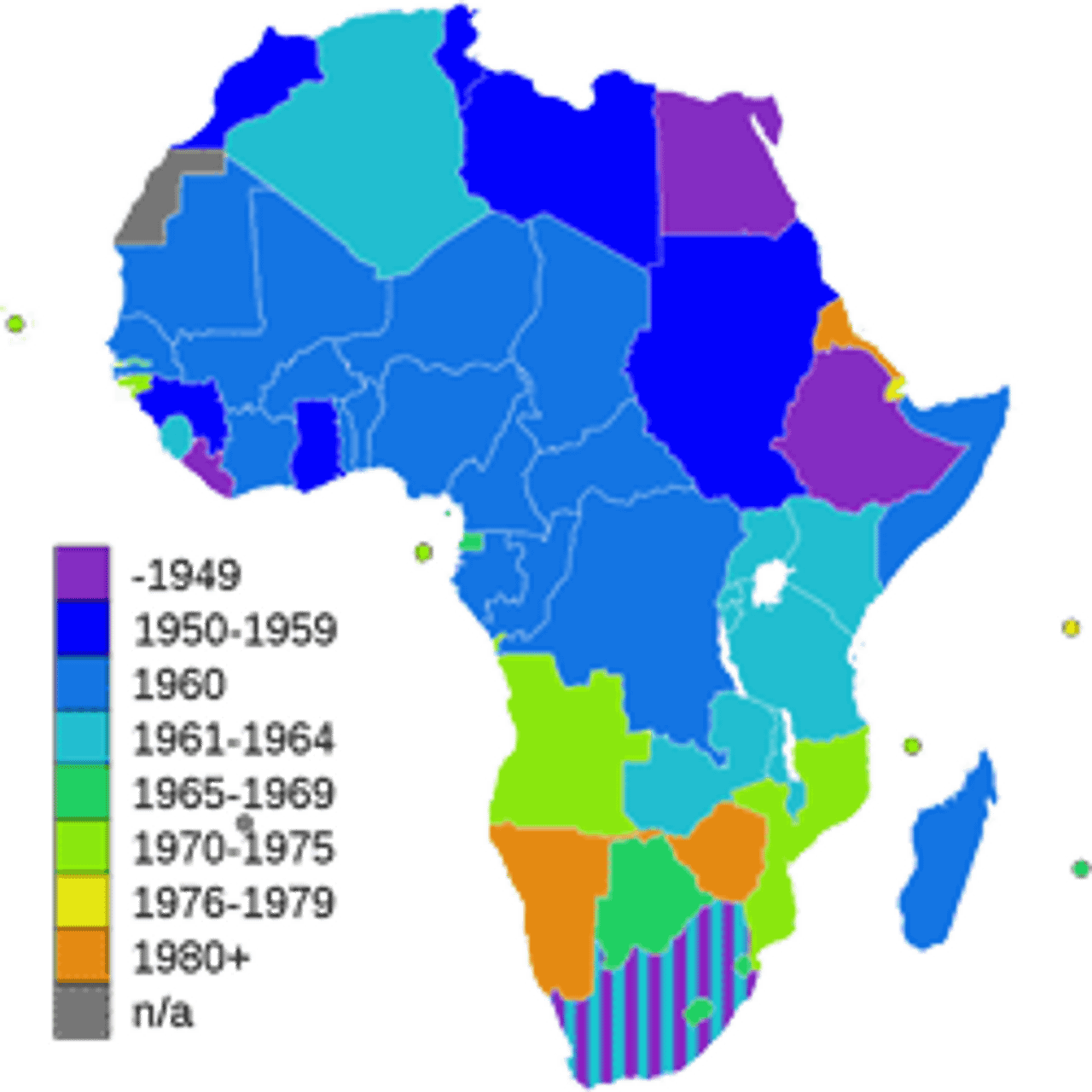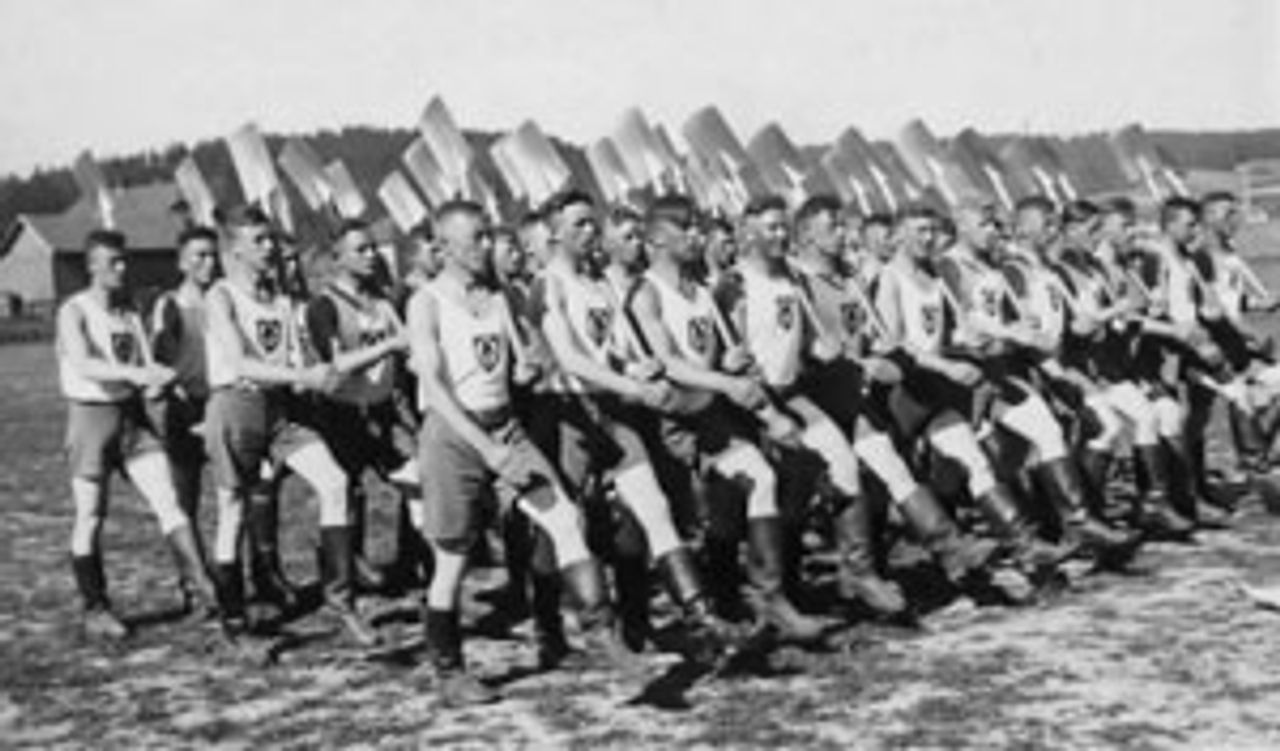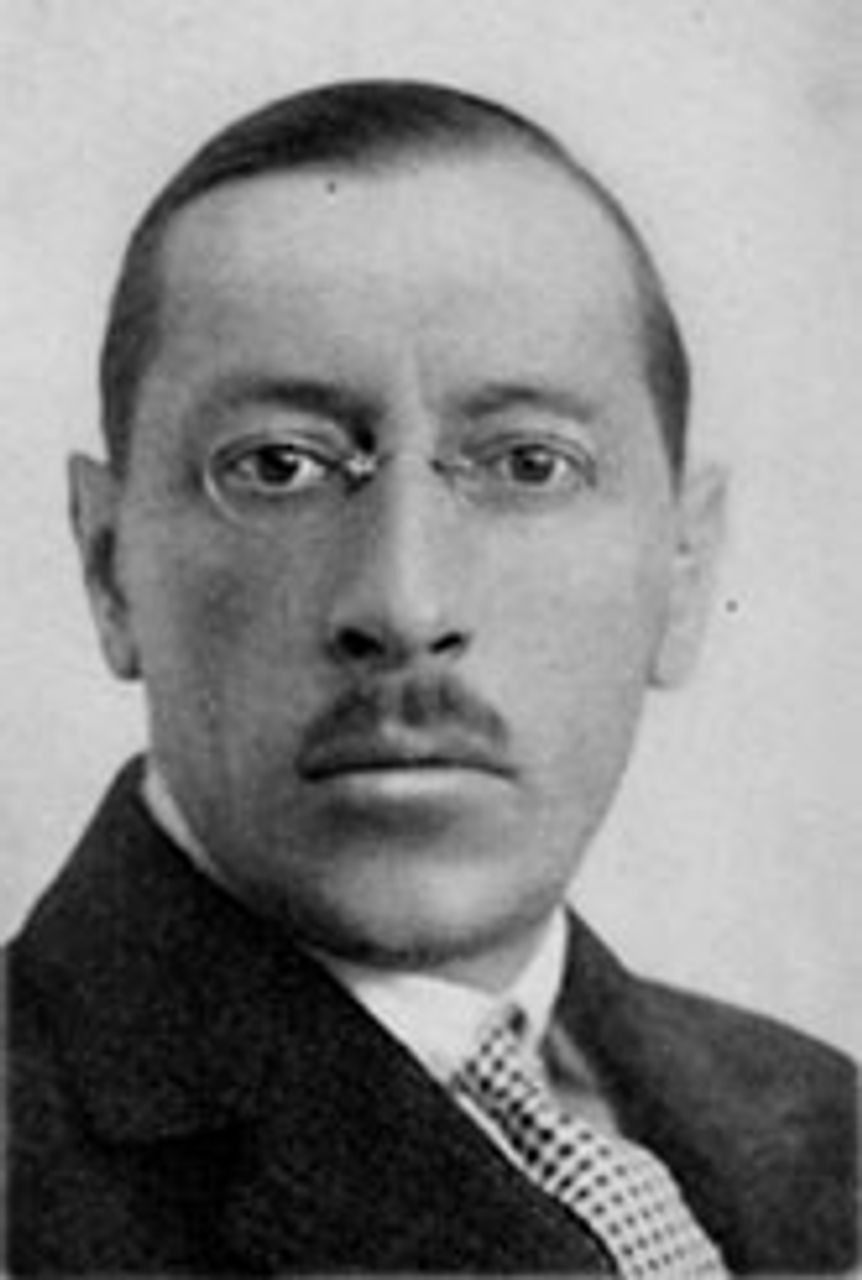This Week in History provides brief synopses of important historical events whose anniversaries fall this week.
25 Years Ago | 50 Years Ago | 75 Years Ago | 100 Years Ago
25 years ago: US banks with $1 trillion in hidden debt
 Closed factory, Joliet, Illinois
Closed factory, Joliet, IllinoisA report by the Federal Deposit Insurance Corporation (FDIC) issued this week in 1985 revealed that the 15 largest US banks had nearly $1 trillion in debts not formally counted as liabilities—more than they had in combined assets.
The off-book debts, or "contingent liabilities," including bank guarantees and commitments to buy foreign currencies and to make loans, totaled over $929 billion in 1984, while assets for the biggest 25 banks amounted to just over $852 billion. Contingent liabilities were lucrative for bankers because they could charge service fees on each transaction, while delaying a balancing of their books.
The imbalances were greatest at the very biggest banks. The three largest US banks—Citibank, Bank of America, and Chase Manhattan—had contingent liabilities of $433 billion, while the six largest had $728 billion, $170 billion more than their assets. Not all liabilities were included in the figures. Citibank, for example, refused to reveal to regulators its liabilities in the area of "credit interest swaps," claiming it did not involve a risky banking practice.
The report was another exposure of the reality of the Reagan years. For the working class, industrial jobs were being lost by the millions, even as the government slashed social spending. The US became a net debtor nation in 1985, and there were growing concerns in the ruling elite over the long-term solvency of the government. On the other hand, a narrow layer of the corporate and financial elite was securing for itself fabulous wealth through increasingly criminal methods.
50 years ago: African "decolonization" accelerates
 African decolonization
African decolonizationThis week in 1960 saw independence granted to four African states: Mali and the Malagasy Protectorate in Madagascar from France, the Congo from Belgium, and Somalia from Britain and Italy. Ten other nations had preceded these since Libya's independence from Italy in 1951, and ten more nations would become independent by the end of the year.
The African freedom movements arose from the struggles and national aspirations of the African masses, and came in an international context favorable to the granting of formal independence. The US had favored the breakup of the old European colonial empires, which for decades it had seen as an obstacle to its world dominance. This viewpoint had been dictated by Roosevelt to Churchill in the Atlantic Charter of 1941.
Moreover, in the context of the Cold War, the US did not want to appear to oppose national independence, even as it sought to shape developments in such a way as to limit the nationalization of industries and resources, for example in the former Belgian Congo, where it conspired against nationalist leader Patrice Lumumba.
What emerged in Africa were dozens of minor states, choked off from each other by borders, customs, and tribal rivalries created by the European colonizers. Starved of capital and infrastructure, the European-educated elites easily fell into the embrace of Washington, the former colonial powers, international banks and extractive corporations, and to a limited extent, the Soviet Union.
The African nations' "independence" vindicated Trotsky's theory of permanent revolution, which holds that in underdeveloped nations the local capitalist class is inevitably tied by a thousand strings to the major powers and international finance. The working class, although small, must assume leadership of the democratic tasks of revolution and rally the oppressed masses behind a socialist program.
75 years ago: Nazi Germany establishes compulsory youth labor organization
 RAD
RADOn June 26, 1935, the Nazi government of Germany passed a law establishing rules for the Reich Labor Service, or RAD. The compulsory RAD employed German men and women between the ages of 18 and 25 for a period of six months. Like similar labor programs underway in other nations during WWII, such as the Works Progress Administration (WPA) in the US, the RAD was to address chronically high unemployment by engaging in “public welfare projects.” At the same time, the RAD sought to inculcate support for the Nazi regime and its aims among the youth and the unemployed.
The aims of the Reich Labor Service law were outlined in Article One of the document, which read, “The Reich Labor Service is to educate German youth in the spirit of National Socialism in order that it may acquire a true national community spirit, a true conception of labor, and, above all, a proper respect for manual labor.” Article Seven of the law prohibited German Jews from serving in the RAD. It read, “No one shall be allowed to serve in the Reich Labor Service who is of non-Aryan descent or who is married to a person of non-Aryan descent.”
Adolf Hitler was given the authority to choose the RAD leadership and the number of people to be drafted into service. As Germany went to war, the RAD was classified as an auxiliary service to the military. RAD personnel provided troops with supplies, made repairs to the infrastructure necessary for the movement of military forces, laid fields of land mines and also served as prison guards. Some RAD forces would eventually see combat.
100 years ago: Stravinky’s The Firebird debuts in Paris
 Igor Stravinsky
Igor StravinskyOn June 25, 1910 the Ballets Russes premiered The Firebird, a ballet by composer Igor Stravinsky and choreographed by Michel Fokine, in Paris. Tamara Karsavina danced the title role, and Gabriel Pierné conducted the orchestra. Developed with input from the company’s impresario, Sergei Diaghilev, designers Alexander Benois and Alexander Golovine, and Stravinsky, The Firebird was created collaboratively by a “committee” method.
The Firebird consolidated the Ballets Russes' reputation as an exciting company appealing to a mass audience with daring new styles of dance, music, and décor. Fokine insisted that dance movement should correspond to a ballet’s themes, rather than relying upon stylized mime to tell a story. In The Firebird, which tells how a magical forest creature helps a Prince vanquish an evil sorcerer, the bird moves as a temptress dressed in Oriental-style pantaloons.
A huge success with the public and critics, the score launched Stravinsky's career. The appeal of the score's melodies and exotic tone colors led Stravinsky to re-arrange the ballet's incidental music as purely orchestral music three times—in 1911, 1919, and 1945; these pieces are now favorites of the orchestral repertoire. Stravinsky became one of the 20th century's most famous composers.
The success of The Firebird led to further collaborations between Stravinsky and the Ballets Russes: Petrushka (1911) and the famous Rite of Spring (1913); then, after World War I, Pulcinella (1920) and Les noces (The Wedding, 1923). Other celebrated composers who worked with the Ballets Russes included Claude Debussy, Maurice Ravel, Manuel de Falla, Ottorino Respighi, Richard Strauss, and Sergei Prokofiev. This is a link to a performance of the Firebird Suite by the Moscow Symphony.
